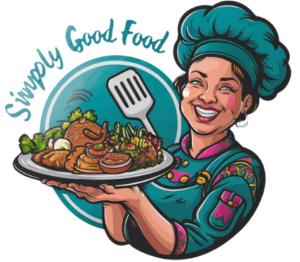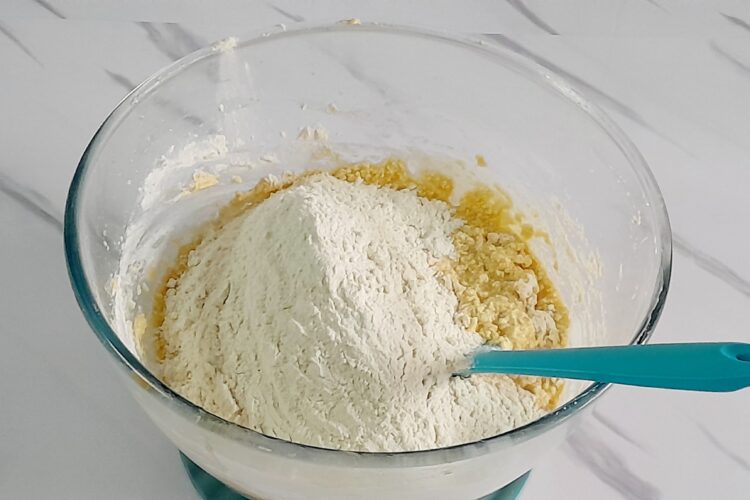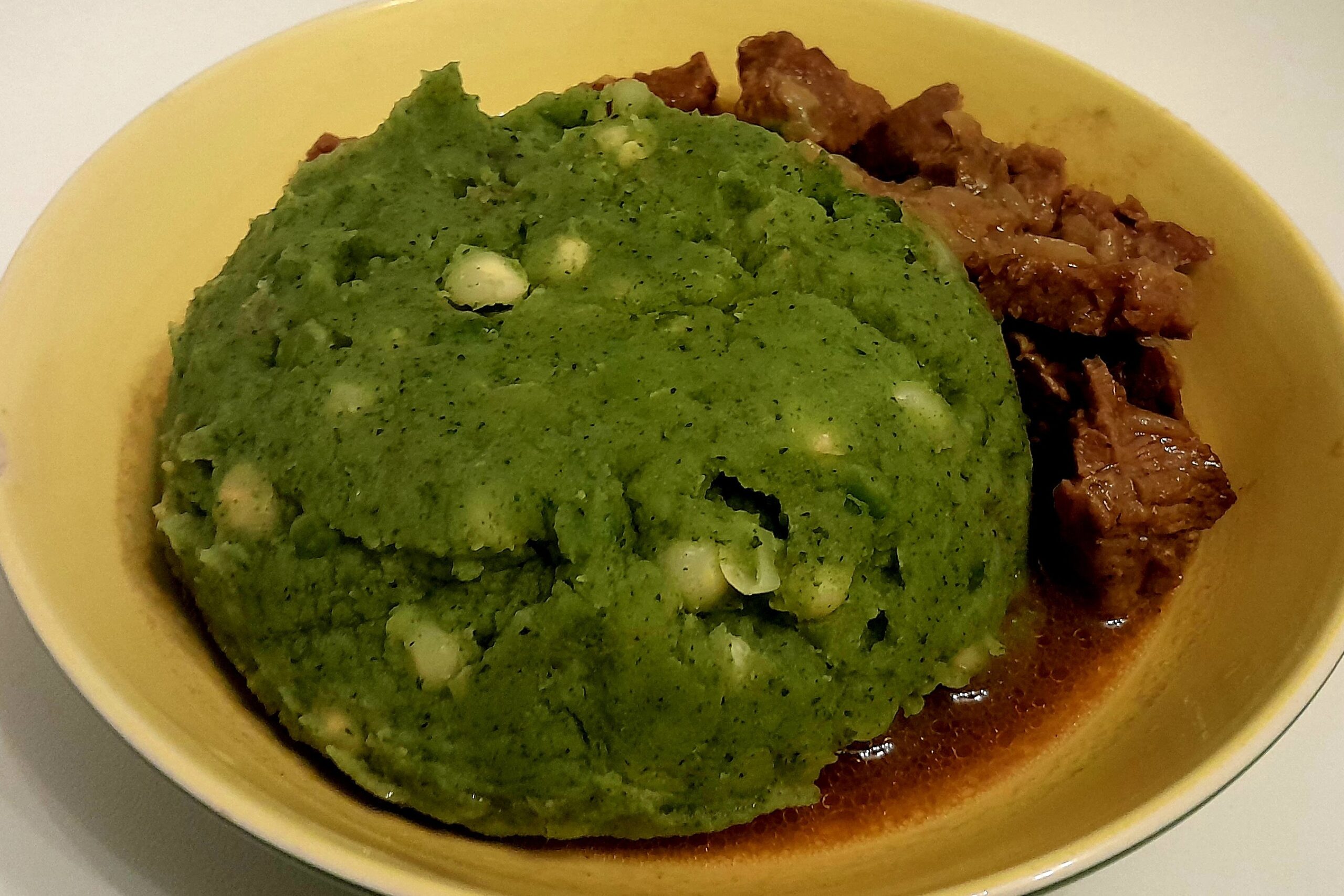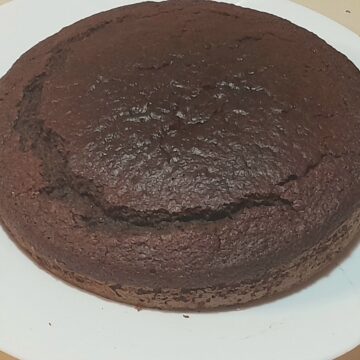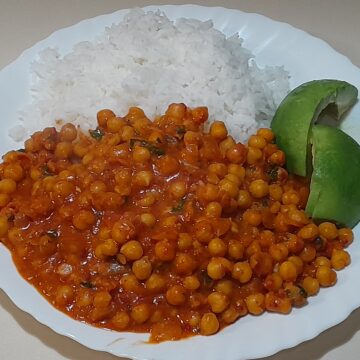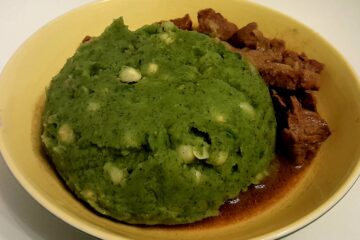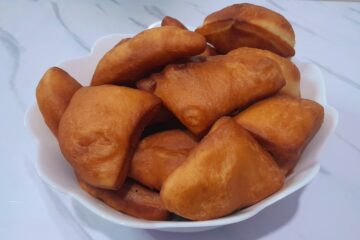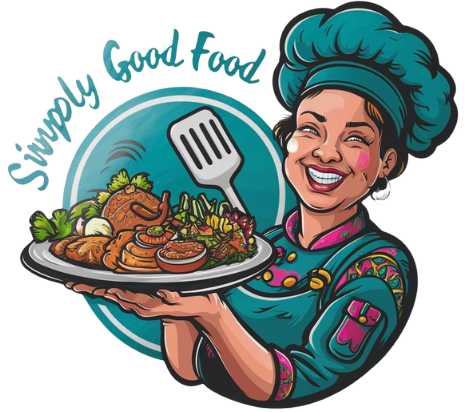The useful rule of thumb in baking is follow the recipe and the rules of baking. You see, baking is a science and any simple mistake can bring out disastrous results to your baked goods. The following pro tips are meant to make you a confident baker and bring out your A game in baking.
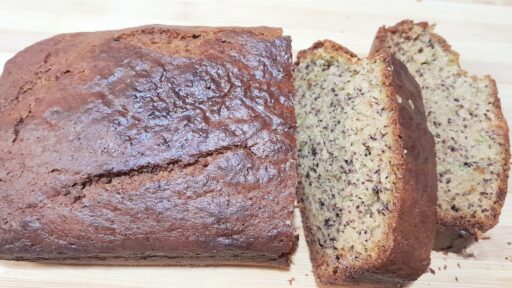
Mixing liquid and dry ingredients
In mixing liquid and dry ingredients, the rule of thumb is mixing both separately before mixing them together. Mix the dry ingredients in one bowl and the liquids in another and then mix them together at the last minute. Liquid ingredients used in baking include:
- Water
- Milk
- Butter
- Oil
- Yogurt
- buttermilk
- eggs
- Vanilla extract
- Honey
- Juice
- alcohol
The most common dry ingredients in baking include: flour, sugar, baking soda, baking powder, salt, and cocoa powder.
Measure ingredients correctly
Measuring the ingredients correctly determines the success of your baked good. For flours, do not scoop but use spoon and level method. Use a spoon to scoop the flour into the measuring cup then use the back of a knife to level off the top of the cup. Liquid ingredients such as milk, water, oil, etc. are measured at eye level using measuring cup. For semi-liquid ingredients like mashed banana, peanut butter, use dry measuring cups and level at the top of the cup as well. Butter, in some places is sold in sticks. For such, simply slice off however much you need. If your butter isn’t in this form, use a dry measuring cup to measure it and if a recipe calls for melted butter, simply measure the butter in its solid state, then melt it; not the other way round.
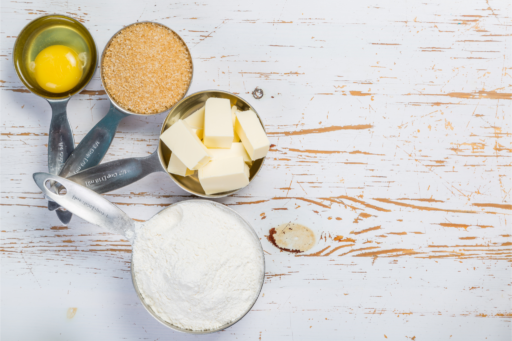
Use all-purpose flour for quick bread, cakes, cookies and pastries
Bake quick bread, cakes, cookies and pastries with all-purpose flour. They turn out the best. All-purpose flour is made by grinding together hard wheat which contains more gluten and soft wheat to make not so glutenous all-purpose flour. The flour is versatile as it contains an average amount of protein – which determines the amount of gluten in a flour. Gluten provides the elasticity to the dough, helping it to stretch and trap the gases formed by leavening agents like yeast and baking powder. The dough will naturally rise resulting in baked goods that look and taste delicious.
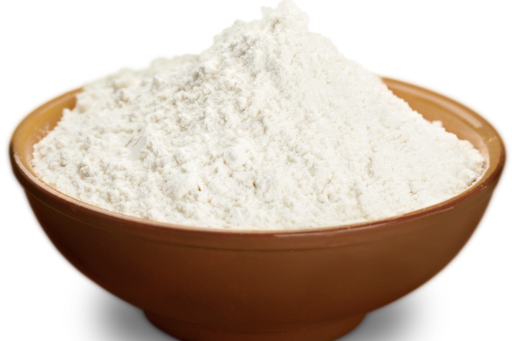
Ensure all is well with your leavening agent
The common leavening agents used in baking are yeast, baking powder and baking soda. The expiry period of these agents is short; mostly after six month though they may start to loose strength after three months. Make sure you check the dates of expiry and if expired discard and get new ones.
Do not overmix your ingredients
For a battery mixture, the rule is that you should not over-mix when mixing dry and liquid ingredients. This is because mixing encourages gluten development, which creates a chewy or tough texture in wheat flour baked goods. Bread is knead to encourage gluten formation and a good chew in the bread but this should not be the case for cakes and muffins. Using an electronic mixer is advisable for mixing and creaming butter, sugar and eggs for quick breads. However when mixing dry and liquid ingredients its best to use a wooden spatula to avoid over-mixing.
Pre-heat your oven
Pre-heating is turning on your oven to ensure that it reaches the right temperature before you start baking. This should be done before you start preparing your ingredients. Averagely, an oven will take 15-20 minutes to heat to the correct temperature. Once the correct temperature is reached, the oven will turn off its thermostat. If you don’t pre-heat your oven the temperature won’t be hot enough and the end result may be a heavy, undercooked bake. Additionally, try not to open your oven until the recommended cook time is up. Opening before cook time is over lets cool air in, which interrupts the baking process. Open only when rotating pans halfway through baking if you’re cooking on multiple pans or if your oven has a hot spot. However, do this quickly so that you don’t cool down the oven.
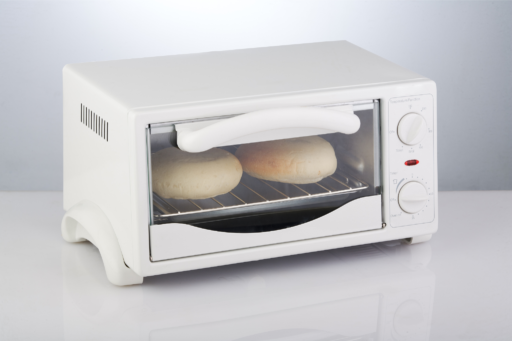
Some bonus tips
- You can make buttermilk with fresh milk by adding lemon juice or white vinegar per cup of milk and allowing the mixture to stand for five minutes to sour. Buttermilk is commonly used in baking.
- Oven racks should be set as near the center of the oven as possible, unless a recipe directs otherwise.
- When baking several loaves at once, stagger the pans so that heat can circulate as evenly as possible.
- Never let pans touch each other or the oven walls.
- To test if your bread or cake is done, the most reliable method is to insert a skewer into the center of the bread or cake. If it comes out clean and dry, the bread is cooked through.
- Use room temperature ingredients
